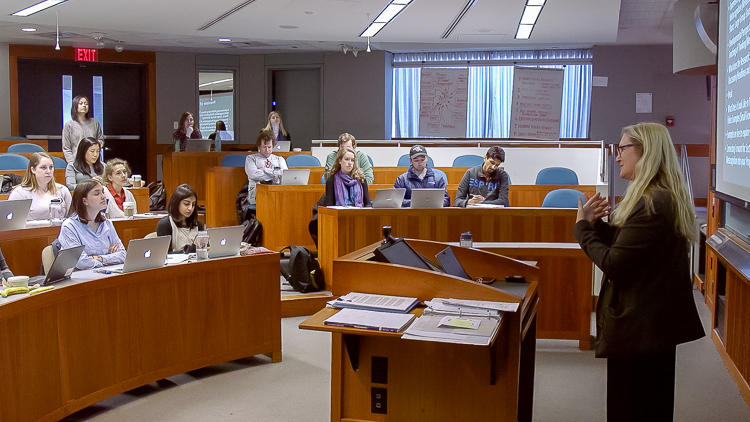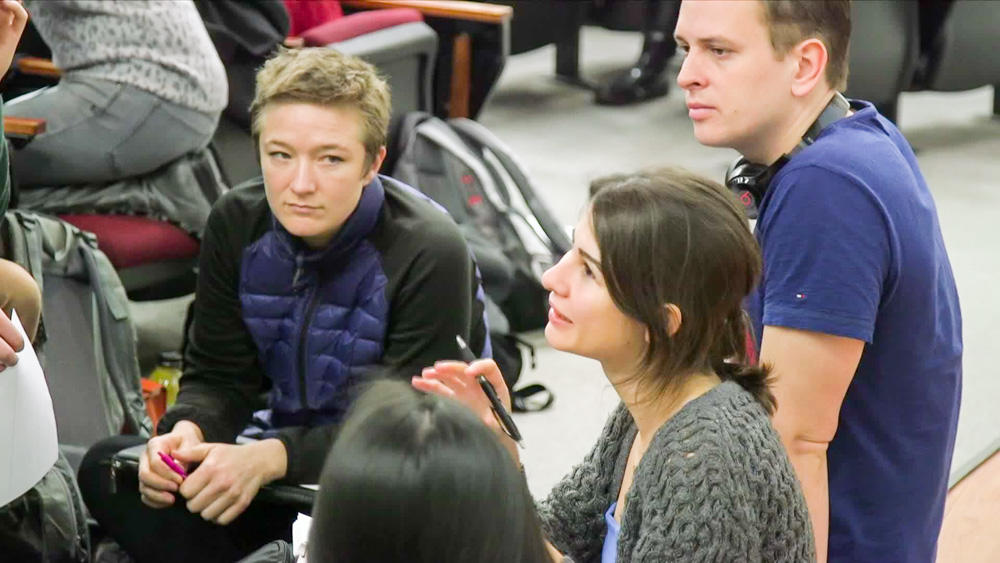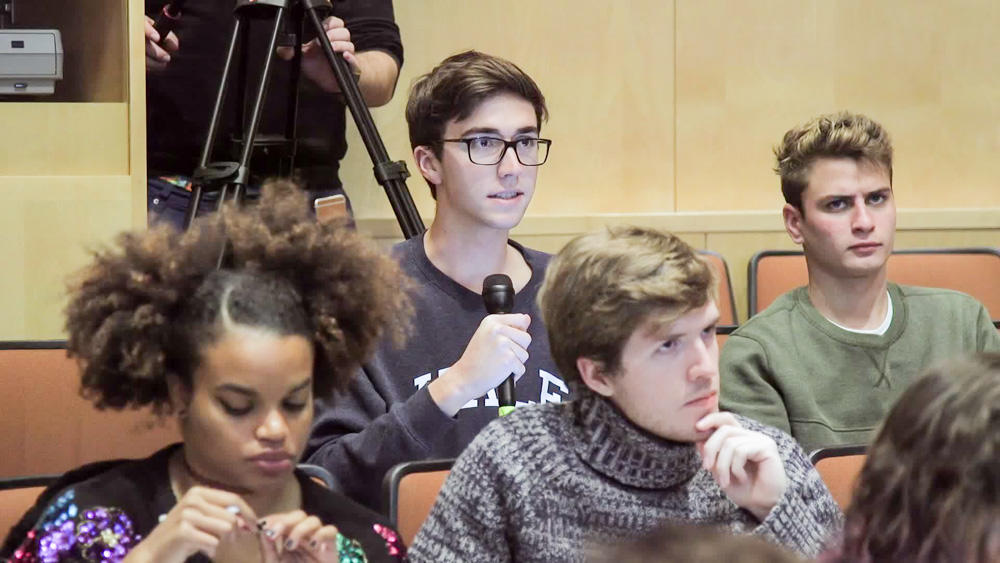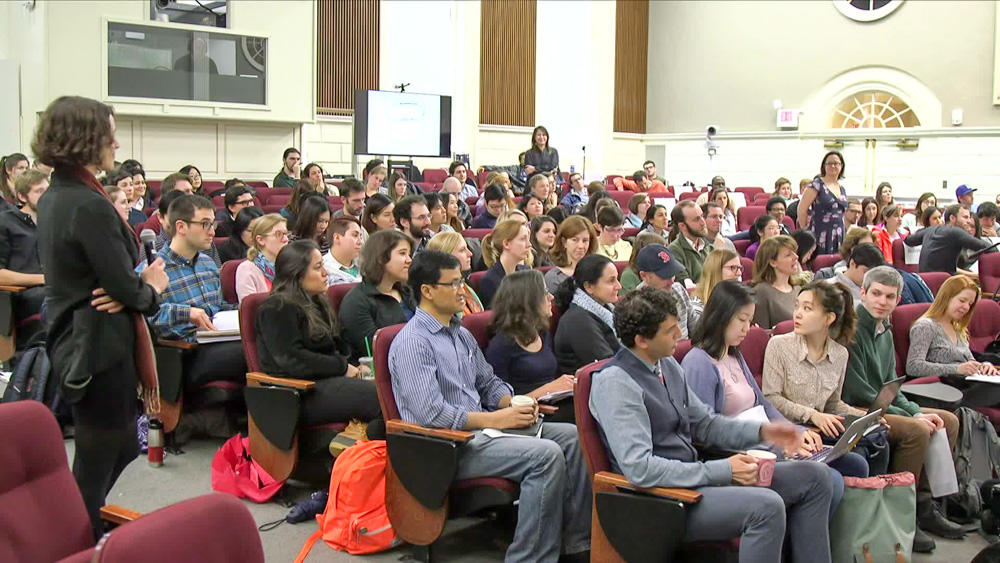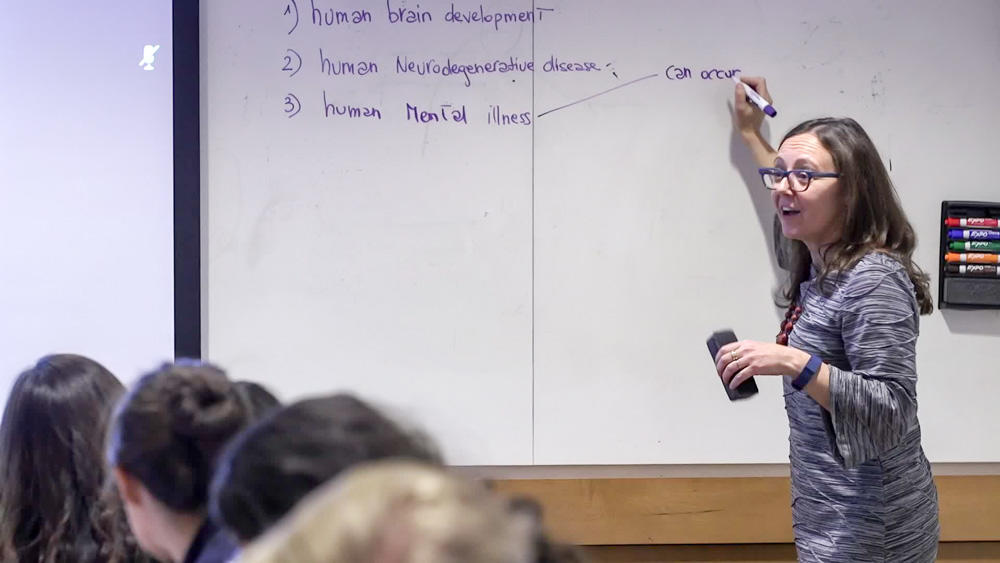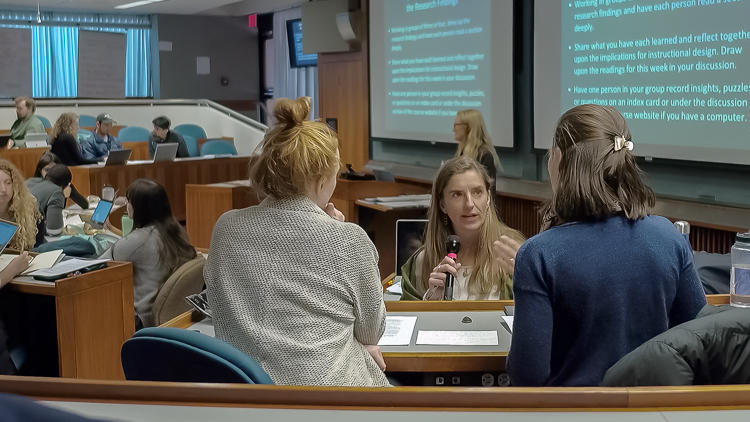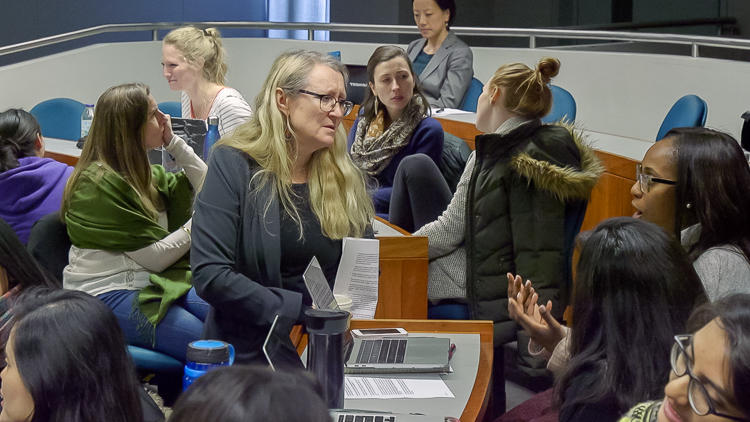Oftentimes before students can engage deeply with complex ideas, they must be engaged by their instructor. This becomes challenging considering the mismatch between the length of a typical lecture period (one to three hours) and the average student attention span in a traditional lecture class (about 15 minutes). As a result, instructors must be creative in getting and keeping student engagement. While some instructors design lectures that resemble choreographed performances to capture students’ attention, this is certainly not the only way to engage an academic audience. Engaging lecturers draw on a range of strategies to captivate their students. They infuse lectures with activities, sequence materials to pique students’ interest, and allow student contributions to shape discussions, building rapport and fostering meaningful analysis of course content in the process.
What types of strategies and activities can we use in lectures so that student attention does not wane? How can we make certain that students leave class with the most important takeaways? How do we ensure that student contributions and questions are acknowledged in a way that encourages them without derailing our lesson plans? In these videos, featured professors discuss how they engage students in their lecture-based courses.





